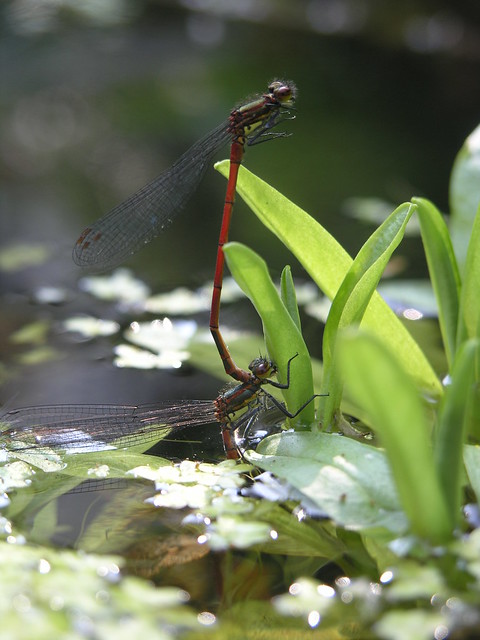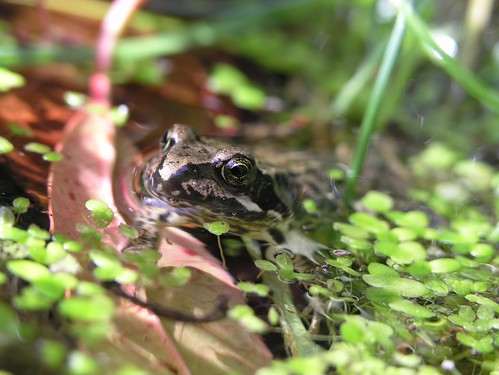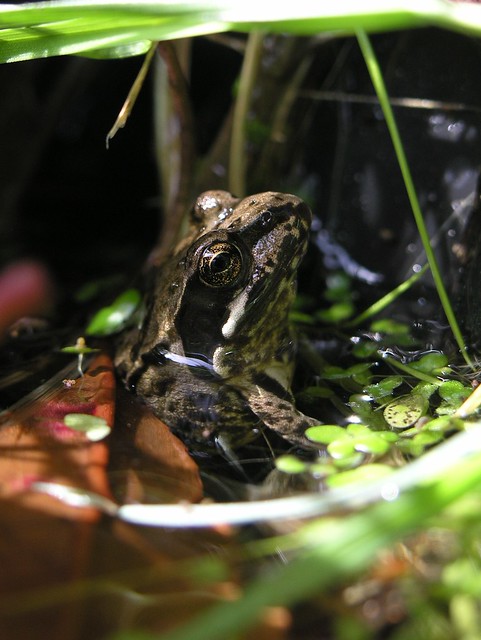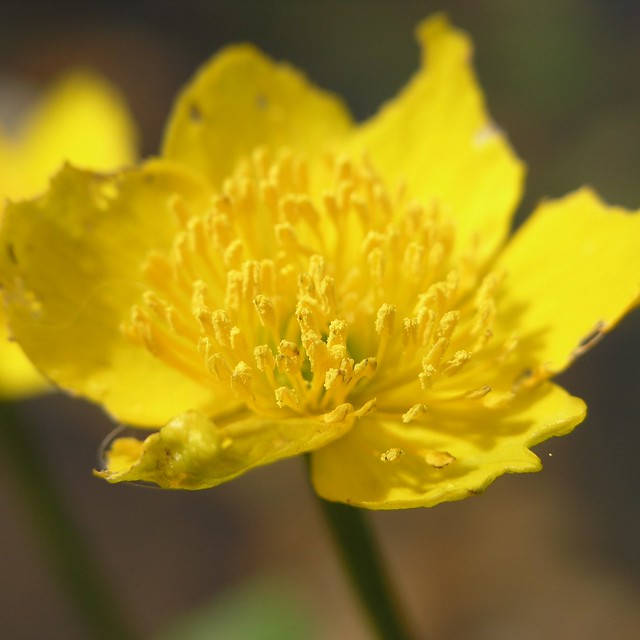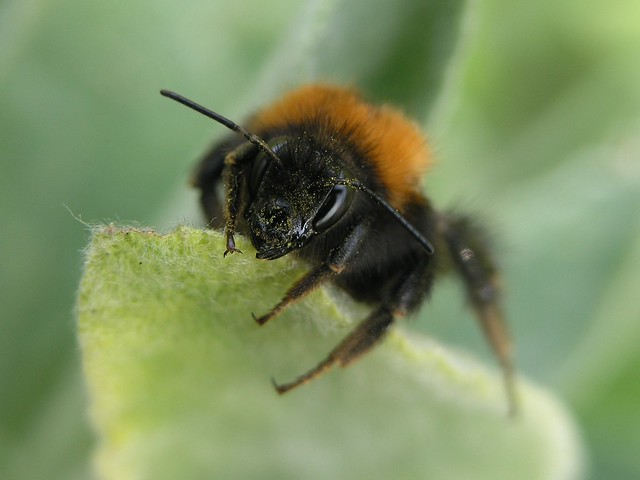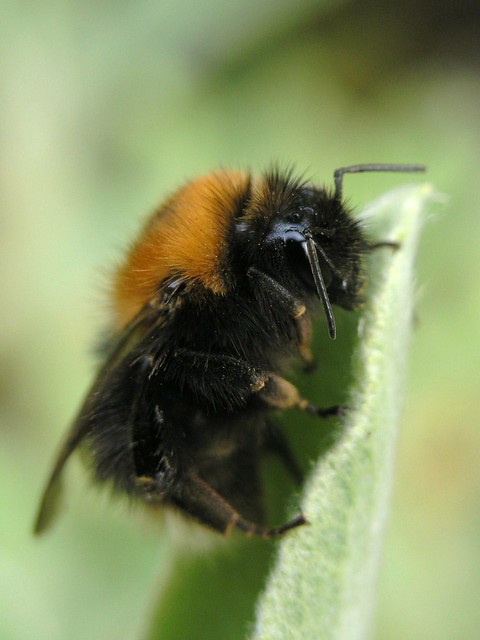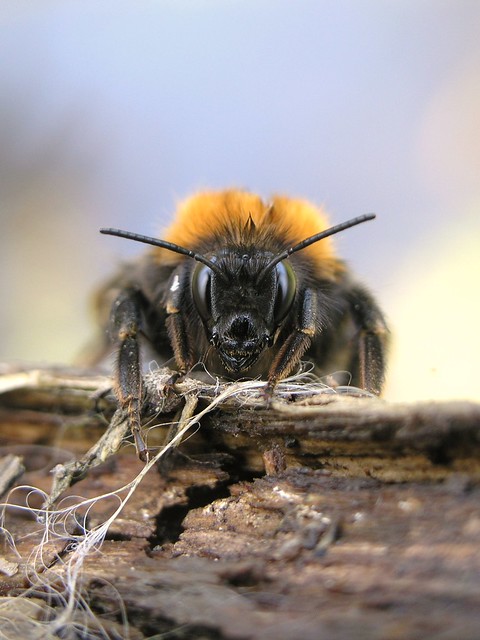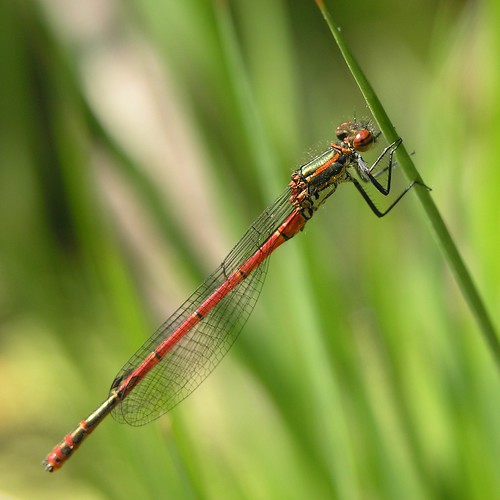
I spotted this impressive species of damselfly hanging around the pond over the weekend. Damselflies are closely related to dragonflies, but the key difference (aside from size) is that dragonflies hold their wings open (out to each side) at rest, whereas damselflies close their wings along their abdomen (as shown in the above photo).
The identification of this male was straightforward. There are only two red damselflies in the UK, the simply named 'Large Red Damselfly' and the 'Small Red Damselfly'. The small reds are smaller, obviously, and lack the black bands on the abdomen. Their abdomen is pure red.
I had only seen a couple of males hanging around, presumably waiting for a mate. One clearly had success, as I was extremely excited to observe a pair mating on the hedge today.
The female is the one at the bottom, with her abdomen curled up to the right, attaching to the male under his thorax to collect sperm. You can see the difference in colouration between the sexes quite clearly. The female is paler in this case (although not always), and has more black markings on her slightly broader abdomen.
They then proceeded to the pond, where the male remained attached while the female lowered her abdomen as deep as she could into the pond in various places to lay her eggs on the stems and leaves.
The male looks so odd; he just stands there pointing up in the air, waiting for her to finish. Most of the time he is 'standing' on his abdomen, not even holding onto anything.
There are already lots of damselfly nymphs from last spring getting big in the pond. I am so pleased we have another generation waiting to hatch out and grow.



